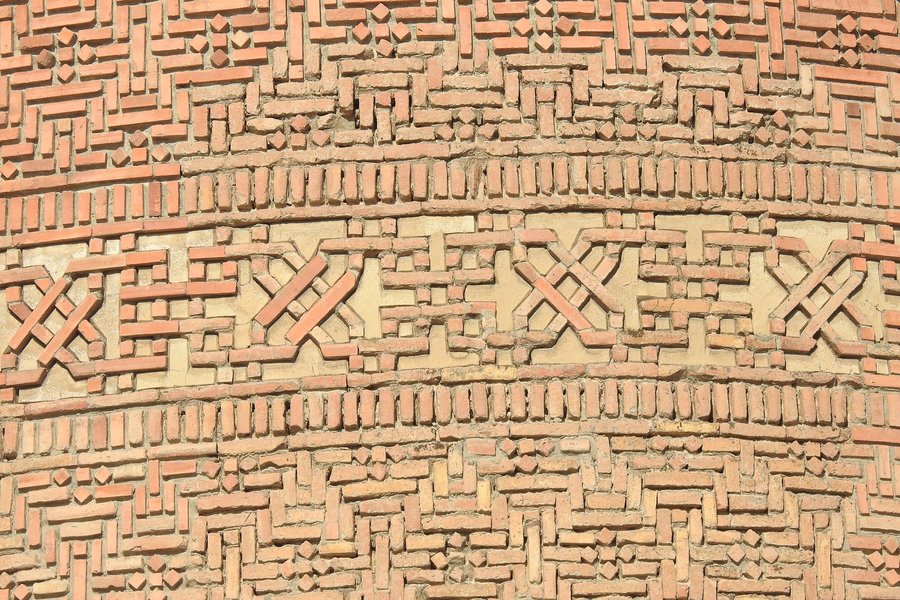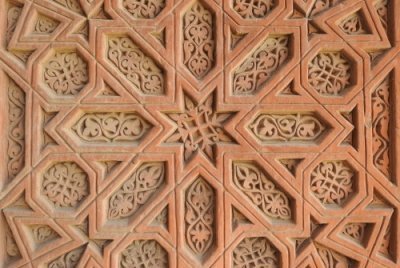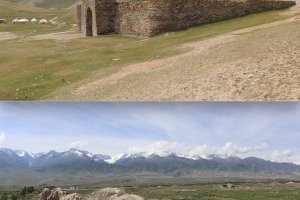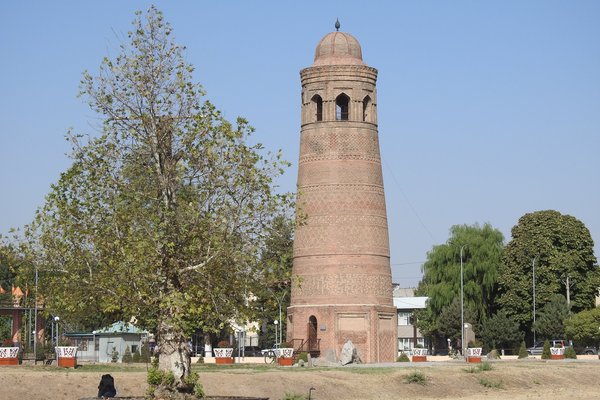Kyrgyzstan
Silk Roads Sites in Kyrgyzstan
Site Info
Official Information
- Full Name
- Silk Roads Sites in Kyrgyzstan (ID: 5518)
- Country
- Kyrgyzstan
- Status
-
On tentative list 2010
Site history
History of Silk Roads Sites in Kyrgyzstan
- 2010: Added to Tentative List
- Added to tentative list
- Type
- Cultural
- Criteria
Links
- UNESCO
- whc.unesco.org
All Links
UNESCO.org
- whc.unesco.org — whc.unesco.org
Community Information
- Community Category
- Human activity: Transport and Trade
Travel Information
Recent Connections
News
No news.
Recent Visitors
Visitors of Silk Roads Sites in Kyrgyzstan
- Adrian
- Ali Zingstra
- Ask Gudmundsen
- Bram de Bruin
- CugelVance
- Els Slots
- henryjiao18
- Jakubmarin
- Jawnbeary
- Maja
- Marcobrey
- Mathijs
- Mihai Dascalu
- Pieter Dijkshoorn
- Pink Bunny
- rivr
- Roman Bruehwiler
- Sergio Arjona
- Shannon O'Donnell
- Solivagant
- Stanislaw Warwas
- Szucs Tamas
- Thomas Buechler
- tony0001
- Vanessa Buechler
- Walter
- Wojciech Fedoruk
- Wo_ko
Community Reviews
Show full reviews
Using the map on this site and the nomination file and having a rented 4WD for our trip on the southern side of Issyk Kul, we went to see Khan Dobo, Tosor and Barskoon. Well it didn’t work out well. For Khan Dobo there is a 6 km paved road out of the highway but after that the last km it’s unpaved and almost inaccesible. There is nothing marked till the end of the road in open field. At some point on the shore of a little lake we could spot some pitiful ruins, only because we were able to climb on a little mound nearby. No markings of any kind. We couldn’t find anything in Tosor except an old cemetery with no marking of anything. We didn’t have time to make it to Barskoon, the whole road to Karakol has been under construction for three years and the trip takes a very long time.
Keep reading 0 comments
Kyrgyzstan is not as richly endowed with Silk Road remains as its neighboring countries. The nomadic nature of its inhabitants has resulted in few permanent historic structures. But there are still some that are worth visiting. Tash Rabat's caravanserai is said to be the “best”, but it was too far from my itinerary. I already visited Burana (part of the Silk Road WHS) at the beginning of my journey. I ended it in Uzgen, which is part of the separate Silk Roads Sites in Kyrgyzstan TWHS.
The city of Uzgen is one of the oldest in Kyrgyzstan, dating back to the 2nd or 1st century BC when it was founded as a trading post along the Silk Road. It is described in Chinese sources from that time. It also was the capital of the medieval Kharakhanid Empire, at the center of the fertile Fergana Valley.
Its monuments can be found in a historical-archaeological park in present-day Uzgen’s town center. They comprise a 12th-century minaret and three mausolea from the same period. There’s an entrance fee of 20 Som (0.20 EUR) to this neatly arranged park. A strange detail that I noticed walking around the site is that music comes “from the ground”. There are speakers hidden in the grass, producing cheerful notes. These Disneyesque background effects reminded me of China.
The three mausolea are built so close to each other that they look like one structure. Together they nowadays shelter under a protective roof of corrugated iron. …
Keep reading 0 comments
This serial nomination consists of 14 proprieties, assembled in six different groups. One group (The Upper Chui Valley with its three elements), is already on the WHS as part of the Chang’an-Tianshan Corridor Silk Roads.
I had the chance to visit some of those proprieties on my trip to Central Asia in June 2019
First, I headed with a rental car in the southeastern high-mountainous part of Kyrgystan, some 300 km from Bishkek, arounf the town of Naryn. It is where the first group (the nomadic monuments of Inner Tien Shan) lie. I visited two proprieties, Koshoi-Korgon and Tash-Rabat and had a quick look at a third one.
South east of Koshkor, on the way to Naryn, is the sacral mountain called Kochkor-Ata. I was not able to find any useful information about this propriety, apart from coordinate leading to the slope of a mountain. I just had a look at the mountains from the road by-passing the town of Koshkor, and try to imagine which one was sacred for the habitants with archaic beliefs later adapted for Islam.
An hour from Naryn is Koshoi-Korgon (lower picture), located at the foot of an impressive mountain range valley, at the altitude of 2500 m. It is located on the fringe of Kara-Suu village. It is a ruined square fortress 250 х 245 m long having been in function from the 9th to the 12the century. Walls are made of mud blocks, some of them …
Keep reading 0 comments
